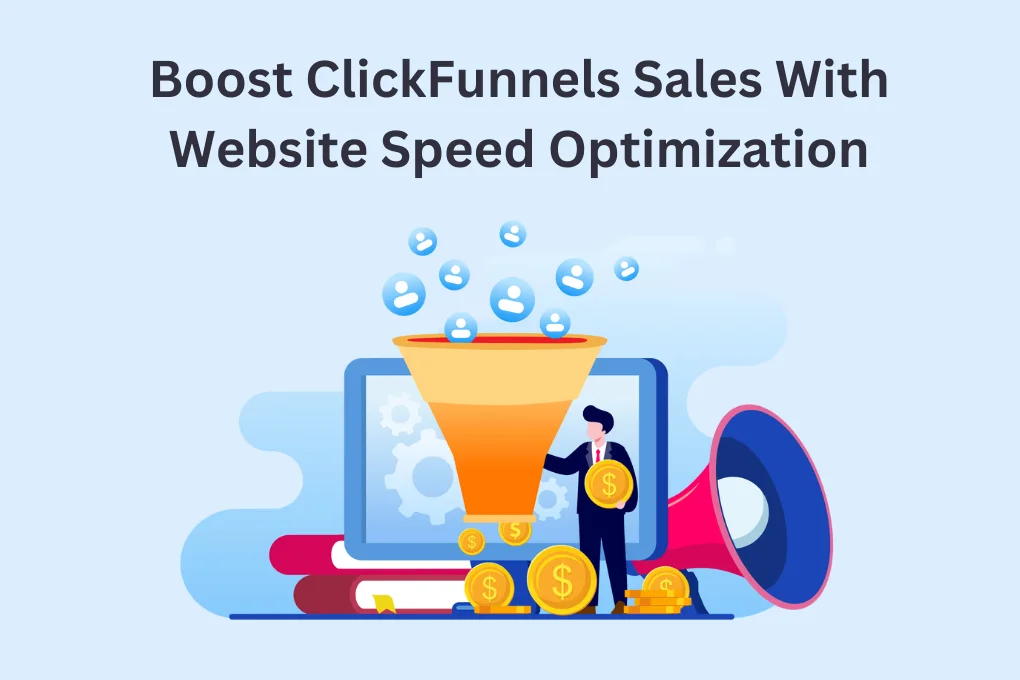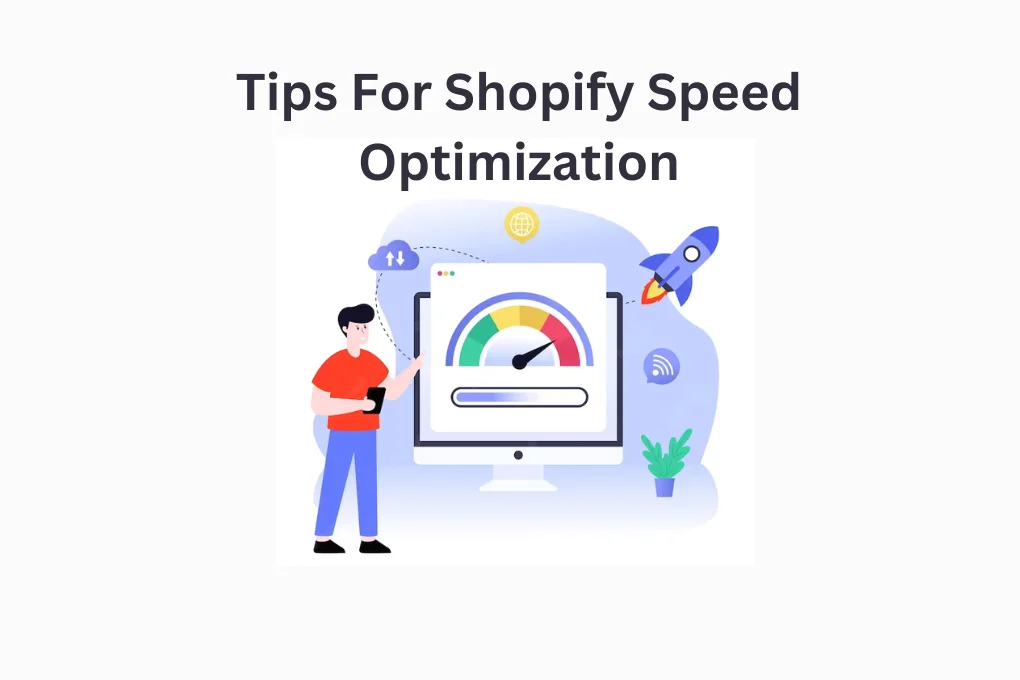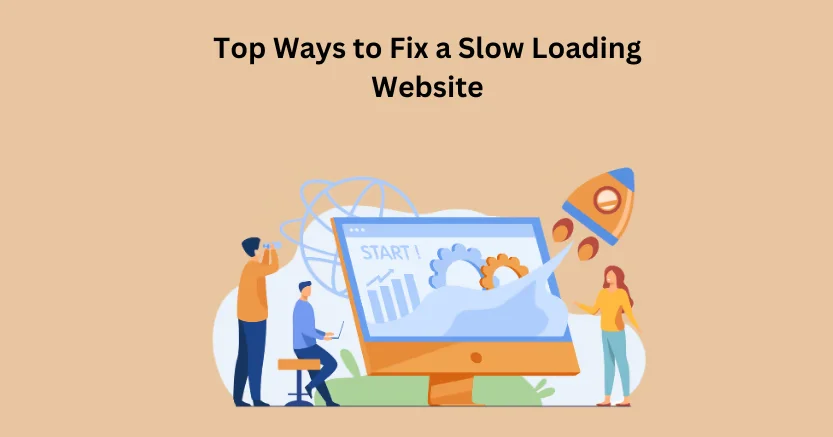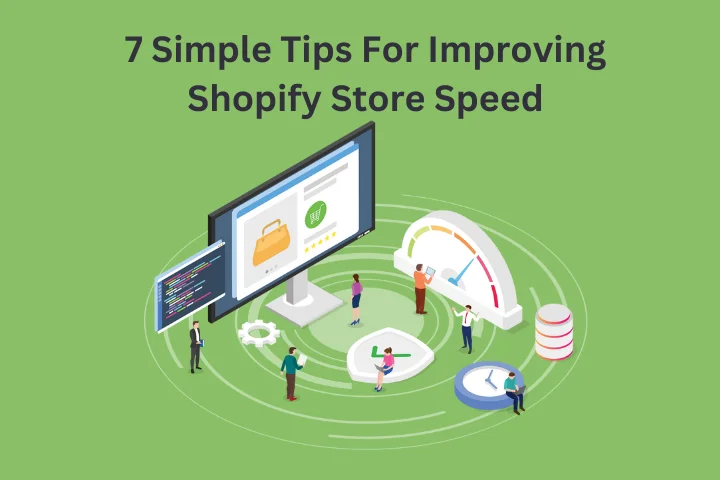Introduction
ClickFunnels is an e-commerce platform that leverages brands in building, customizing, designing, marketing, and maintaining their store’s online presence. With ClickFunnels, you can boost your store’s reach and performance. It consists of multiple tools that provide exceptional control over the design and customization of your website.
After getting all these, the ClickFunnels page speed still contains an essential value. The time your website takes to load on the user’s browser matters a lot. Thus, for ClickFunnels page speed optimization, here, in this blog, we will explore all the trending techniques to optimize your ClickFunnels page loading speed.
Techniques To Improve ClickFunnels Website, Loading Speed
Elevate Your Clickfunnels Sales with Rapid Speed!
Boost up Clickfunnels Sales NowHere, we will explain each strategy in detail to make you understand the process.
Optimize and Compress Images:
Enhancing the loading speed of your ClickFunnels pages starts with a critical focus on optimizing and compressing images. Speed up your ClickFunnels pages by giving your images a makeover.
Big image files slow things down, but fear not! To counter this, consider utilizing image optimization tools that effectively compress images without compromising their visual quality.
This process significantly reduces the overall size of your page, allowing it to load faster and ensuring that potential customers don’t lose interest while waiting for images to load.
Utilize Browser Caching:
One valuable technique for improving the loading speed of your ClickFunnels pages, especially for returning visitors, is configuring your ClickFunnels settings to leverage browser caching.
This gives power to the user’s browser to store frequently accessed resources locally. As a result, on subsequent visits, the browser can easily retrieve these resources without needing to download them again. The outcome is a faster, more seamless experience for users who have interacted with your ClickFunnels pages before.
Minimize HTTP Requests:
Reducing the number of HTTP requests is a critical strategy for expediting the loading speed of your ClickFunnels pages. Each element on your webpage, such as images, scripts, or stylesheets, requires a separate HTTP request.
By minimizing these requests, you can significantly streamline the loading process. One effective approach is to consolidate CSS and JavaScript files, ensuring that unnecessary elements are eliminated. This not only enhances loading speed but also contributes to a more efficient and resource-conscious webpage.
Enable Compression:
Enabling compression is a powerful method to reduce the size of essential files such as CSS, HTML, and JavaScript before sending them to the user’s browser. Gzip compression, a widely used technique, effectively shrinks file sizes without compromising functionality.
Smaller file sizes mean faster downloads, which can have a profound impact on the overall loading speed of your ClickFunnels pages. Enabling compression is a straightforward yet impactful step toward optimizing your site’s performance.
Leverage Content Delivery Network (CDN):
Integrating a Content Delivery Network (CDN) with your ClickFunnels pages is a strategic move to enhance the distribution of your website’s static assets. These assets include images, scripts, and stylesheets.
A CDN stores these resources across multiple servers worldwide, reducing the physical distance between the server and the user. Consequently, users experience faster loading times as the CDN ensures that content is delivered from a server closer to their geographical location.
Optimize Code:
Optimizing code is similar to fine-tuning the engine of your ClickFunnels pages for maximum efficiency. Clean and well-structured code is not only a coding best practice but also a key contributor to faster loading times. Remove unnecessary white spaces, comments, and unused code segments.
By streamlining your HTML, CSS, and JavaScript, you create a codebase that can be processed more swiftly, ultimately leading to improved page loading speed.
Prioritize Above-the-Fold Content:
Prioritizing above-the-fold content is a user-centric strategy aimed at delivering a swift and engaging experience from the moment a user reaches your ClickFunnels page. Information that is viewable without scrolling down a webpage is referred to as above-the-fold content.
By optimizing the loading of critical resources and content in this initial view, you ensure that users quickly encounter the most relevant information, fostering a positive and efficient interaction.
Implement Lazy Loading for Images:
Lazy loading is a smart technique that stops the loading of images until they are about to become visible within the user’s viewport. This approach is particularly beneficial for ClickFunnels pages with extensive image content.
By implementing lazy loading, you prioritize the loading of images that users are actively engaging with, improving the initial rendering speed. This user-friendly feature allows your ClickFunnels pages to load progressively, creating a smoother experience for visitors.
Optimize Third-Party Scripts:
Evaluating and optimizing third-party scripts integrated into your ClickFunnels pages is essential for maintaining an efficient and fast-loading website. External scripts, such as analytics or social media widgets, can introduce delays in loading times.
Consider loading these scripts separately, allowing them to run concurrently without blocking the rendering of your page. This strategic approach ensures that your ClickFunnels pages remain responsive and minimize any potential bottlenecks introduced by third-party scripts.
Reduce Server Response Time:
Server response time plays a pivotal role in the overall loading speed of your ClickFunnels pages. A swift response from your server ensures that requested content is delivered promptly to the user’s browsers.
To achieve this, optimize your server configurations, choose a hosting solution with reliable performance, and, if necessary, consider upgrading your hosting plan. A faster server response time contributes significantly to a seamless and efficient user experience.
Minimize Redirects:
Minimizing the use of redirects within your ClickFunnels funnels is a strategic move to enhance page loading speed. Each redirect introduces an additional HTTP request, potentially slowing down the loading process.
Review and update any unnecessary redirects, ensuring that users experience a straightforward and fast journey through your ClickFunnels pages. A streamlined navigation path contributes to a more satisfying user experience.
Optimize Fonts:
Fonts, especially custom or web fonts, can impact the loading speed on ClickFunnels pages. An effective strategy is to optimize your font choices and reduce the number of different fonts used on a single page.
Additionally, consider using system fonts, which are already available on user’s devices, to minimize the need for external font downloads. This optimization technique contributes to faster rendering and improved loading times.

Want to read this blog offline?
No worries, download the PDF version
now and enjoy your reading later…
 Download PDF
Download PDF Evaluate and Remove Unused Elements:
Do a little spring cleaning for your ClickFunnels pages. Remove unused elements regularly, images, scripts, or plugins. Regularly assess and remove any elements that do not directly contribute to the overall user experience or essential functionalities. This effort ensures that your ClickFunnels pages remain streamlined and efficient.
Monitor and Analyze Performance:
Regularly monitoring and analyzing the performance of your ClickFunnels pages is a dynamic process. Utilize performance analysis tools such as Google PageSpeed Insights or GTmetrix to gain insights into your page’s operation and loading performance.
Identify potential bottlenecks and opportunities for improvement. Continuous performance monitoring empowers you to stay proactive in optimizing loading speed, ensuring that your ClickFunnels pages consistently provide an optimal user experience.
Update ClickFunnels Version:
Keeping your ClickFunnels account up to date by regularly updating to the latest version is a fundamental strategy for optimizing page loading speed. Updates often include performance improvements, bug fixes, and optimizations implemented by the ClickFunnels development team.
By staying current with the latest version, you ensure that your ClickFunnels pages benefit from the most recent enhancements, contributing to faster loading times and an overall improved user experience.
Conclusion
Therefore, in this blog, we have explained all the top tips to enhance your ClickFunnels store loading speed. Practicing these strategies can make a huge difference from your competitors and boost your brand value.
Also, hire a web performance optimization tool like Website Speedy that boosts website loading speed instantly by modifying the code. Website Speedy is a SaaS-based tool that is best for eCommerce sites and enhances loading speed.
December 26, 2023
Leave a Comment
















































